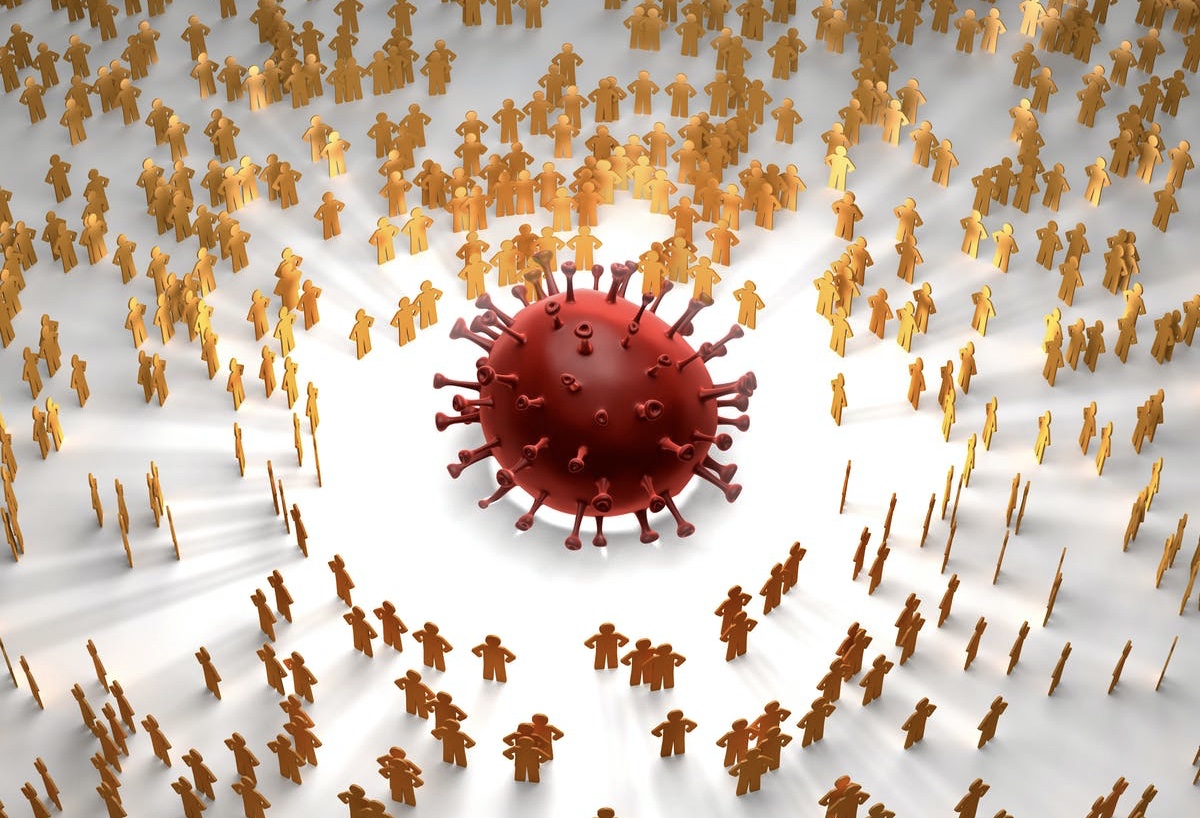Nature Research reported that when the pandemic first began, the Brazilian city of Manaus saw a huge outbreak in COVID-19 cases. Hospitals were overrun by patients, while resources and assistance seemed scarce.
But then something interesting happened. By the time August rolled around, the number of deaths related to the virus went from around 120 per day to close to zero, despite the city having relaxed social distancing since June.
Two groups of Brazilian researchers attempted to figure out what exactly happened. They eventually reached the conclusion that since 66 per cent of the country’s population contracted the virus by the end of the first wave, they became immune to it, and thus the remaining population was too small to keep perpetuating outbreaks.
This is known as herd immunity — when a virus can’t spread because it is constantly met with people who possess antibodies against it in their system. Once an ample percentage of the population is no longer susceptible, the outbreaks decrease and eventually cease altogether.
The problem is, this research was conducted in the very early stages of the pandemic, before much of the knowledge we have now was known and publicly available. As the pandemic has raged on and experts learned more, the idea of natural herd immunity has been repeatedly refuted.
Examples in other countries such as Sweden soon arose as well, where COVID-19 infections, hospitalizations, and deaths reached significantly high numbers after employing a herd immunity-like approach.
“Such an approach would lead to a catastrophic loss of human lives without necessarily speeding up society’s return to normal. We have never successfully been able to do it before, and it will lead to unacceptable and unnecessary untold human death and suffering,” according to Scripps Research Institute immunologist Kristian Andersen.
“The cost of herd immunity through natural infection is extraordinarily high, because of the fact that some groups are more at risk of becoming infected than others — and they are predominantly people from racial and ethnic minorities and predominantly poor people with less good housing.”
“The cost of herd immunity through natural infection is extraordinarily high, because of the fact that some groups are more at risk of becoming infected than others — and they are predominantly people from racial and ethnic minorities and predominantly poor people with less good housing,” says Harvard University epidemiology professor William Hanage.
“I think when it comes to this specific pandemic, there is lots of speculation about what is right and wrong. I think the approach towards herd immunity does not make sense, because even if people who are immune are able to avoid it, those who aren’t immune would still be affected, potentially causing them to seek healthcare support, and they already seem to be overburdened,” says fourth-year health sciences student Shawn Pandit.
In these contexts, natural infection is stressed because herd immunity is usually used in the context of vaccines. When the vast majority of a population have received a vaccine and are then immune to a virus, the remaining unvaccinated population reduces their risk of becoming infected by default. The difference between this type of herd immunity, however, is that no segment of the population would intentionally be put at risk.
Despite the evidence to counter natural herd immunity, a troubling number of organizations and governments, including the White House, have suggested employing a herd immunity strategy.
Fourth-year economics student Petar Kljujic, who has been following the case numbers closely, expressed his views on naturally spread herd immunity.
“I don’t think the approach would make sense given COVID-19 is still new and there’s a continued uncertainty about the disease. While scientists are all scattering to understand it, I don’t think people should take the risk of infection in order to build herd immunity.
“While we do know that the fatalities are coming from older people and/or people with pre-existing health conditions, there are still so many examples of people outside of that criteria dying from the virus. It doesn’t seem like a safe approach.”
The evidence is apparent that herd immunity is not a viable strategy against COVID-19, but it is up to our elected officials around the world to come to terms with the science and make sure no such strategy is employed.


